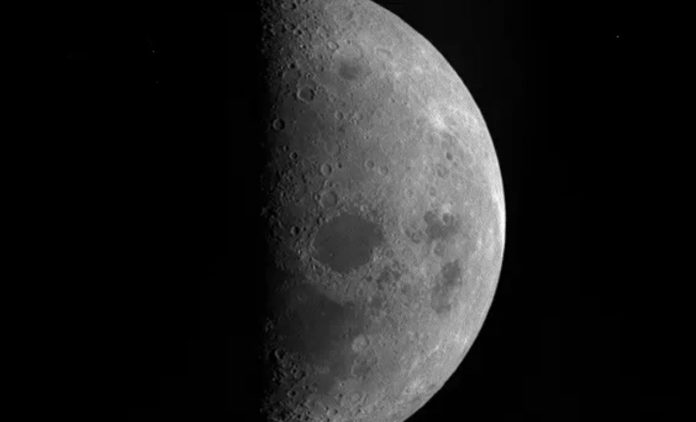Take out your binoculars and look up: the lunar eclipse of May 15-16 can be seen from parts of the Americas, Antarctica, Europe, Africa, and the east Pacific.
On May 15-16, 2022, the first full lunar eclipse will be visible in total phase from parts of the Americas, Antarctica, Europe, Africa, and the east Pacific.
Total lunar eclipses happen when the entire moon passes through the umbra, the innermost section of Earth’s shadow. The Earth blocks all direct sunlight from reaching the lunar surface during a total eclipse.
Instead, the moon’s surface reflects sunlight scattered by Earth’s atmosphere, giving it its copper tint. Due to its dramatic crimson color, this form of lunar eclipse is known as a “blood moon.”
While time depends on where you are looking at the sky, TimeandDate.com reports that the partial eclipse phase of the moon eclipse begins on May 15 at 10:28 p.m. EDT (0228 GMT on May 16).
On May 16, at 12:11 a.m. EDT, it will reach the red-hued Blood Moon peak (0411 GMT). The event will thereafter terminate at 1:55 a.m. EDT (0555 GMT).
The penumbral eclipse will begin approximately an hour before the partial eclipse and terminate about an hour after it.
On November 8, the second lunar eclipse will be visible in areas of Asia, Australia, North America, northern and eastern Europe, and much of South America.
Image Credit: ESA
You were reading: Total Lunar Eclipse: Moon Dives into Umbra of the Earth
